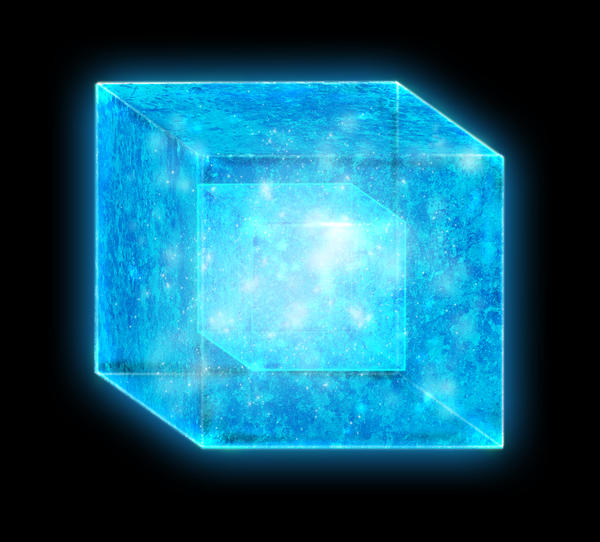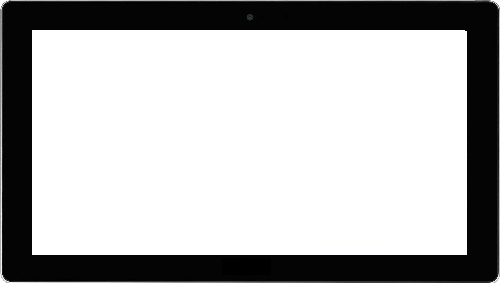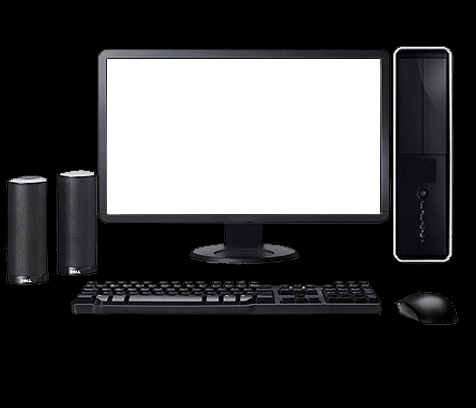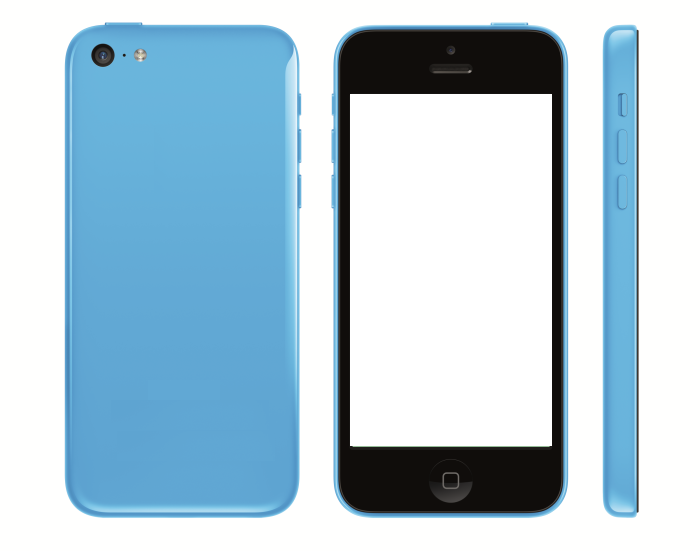Image Source: Adam Burn on DeviantArt
Intent: To create a good, though flawed, visual tracking display.
Development Thread: If Necessary
Manufacturer: Laravan Corporation
Model: A-HUDT
Affiliation: Judah Daishell
Modularity: No
Production: Limited
Material: Durasteel, Photoreceptors(Camera-like Components), Computer Components
Description:
The Advanced HUD Tracker system was created with the intention of aiding visual recognition and tracking done by a pilot or driver of a vehicle/starship for situations where the use of various other sensors or scanners may not be of use or may be thwarted by either a jammer or stealth technology that does not render the target completely invisible to cameras or the naked eye. After a night of heavy drinking with a few others, Silara proceeded to ramble on about various ideas to use for defeating the current slew of stealth ships or materials after boasting the idea of using trajectory tracking to locate a point of origin of ammunition fired from a stealth ship that was not observed via sensor technology. In a day and age where rare stealth equipment has literally become the norm for the most average of starfighters, and in some cases larger ships, the need for a method of detection has risen exponentially.
While even the most advanced of sensors can be fooled by discovering and reverse-engineering their method of detection, the only way to consistently avoid visual detection in space is by cloaking or becoming completely invisible to the naked eye. As such, even ships with materials meant to avoid detection by radiation sensors and heat sensors may find themselves being discovered for being unable to physically remain unseen. Expanding upon facial recognition software present in current technology, and motion-tracking software used in photography and cinematography, with the utilization of multiple algorithms meant to aid in the detection of altering of a picture or video by frames, in conjunction with a heads up holographic display, one can locate an object on screen, via the connected high-speed motion cameras that are positioned in an array to create a depth perception reading, and "highlight" or "select" such an object either through automated recognition software or manual selection and once selected the software will then "track" the object on-screen as a camera would a human face for recognition purposes. Armaments capable of rotating will have their "deadzone", the center point of default aim, relocated to the target on screen while still allowing the pilot to make corrections by manually controlling the aim when necessary.
While in theory such an idea is appealing, there are various drawbacks to the usage of this system if one were to solely rely on it - although various other sensory equipment is suggested and even recommended to be paired with this array in order to maintain accuracy in situations where visuals may not be possible. The first and foremost problem is the matter of image sensitivity, that being the perceived rate of movement of an object located on screen or even to the naked eye. Much as a planet's moon appears to stand relatively still for incredible lengths of time while observing from planet-side, any object that is over a considerable distance appears to not move much if at all. For comparison, the average starfighter travels around eight hundred meters to a kilometer per hour, while a moon generally travels over one
hundred and thirty kilometers per minute, over one hundred times the speed of the average starfighter and is generally about three hundred or so kilometers from a planet's surface, making their distance and velocity/speed relatively similar. Objects further than upwards of ten kilometers in distance while in space will thus appear to move incredibly slowly - reducing accuracy by incredible margins - and objects within an optimal range of five kilometers will move at perceivable speeds. Another disability this system has is its reliance on visual light, meaning anything that can hide among the stars and avoid both the rather mediocre automated targeting system and the pilot's sight would effectively defeat the purpose of a visual aid, ships painted black are more apt to be discovered due to blob detection between frames and particle filtering though they may very well fool the pilot and produce a perceived false-positive on the screen.
The greatest strength going for this system is its precision and accuracy within five kilometers of an intended target. In space, a true vacuum, light travels are over two hundred million meters per second, much faster than radiation travels or is detected by more conventional sensors. While there is a delay in processing through a computer and then an accounted user-error and delay in pilot comprehension, by using visual tracking and advanced motion tracking software with a predictive trajectory system the A-HUDT cuts out the larger delay that other targeting systems may cause if based on heat and also produce pin-point accuracy and precision that would be almost impossible to replicate by standard means without using a manual scope or something of the sort. Its primary intention of defeating sensor-scrambling equipment or stealth ships that are capable of moving unseen by sensors and radars provide the secondary strength.
While not meant to replace standard and advanced sensory equipment, the A-HUDT provides a means of augmenting existing sensors and detection equipment as well as providing a useful heads up display capable of zooming into targets via magnification of feed and various other miscellaneous uses that could prove useful outside of combat as much as in. Planet-side it should be noted that the optimal range and maximum range of view is cut dramatically due to reduced perceivable space down to a maximum of one kilometer and an optimum of one hundred meters. The A-HUDT is designed for use in starships and vehicles that are manufactured to utilize it specifically or are retrofitted with the system, the latter of which may produce problems that Laravan Corporation are not to be held liable for.
Primary Source: http://starwars.wiki...ge-Rec_Launcher(Original Canon Technology)








